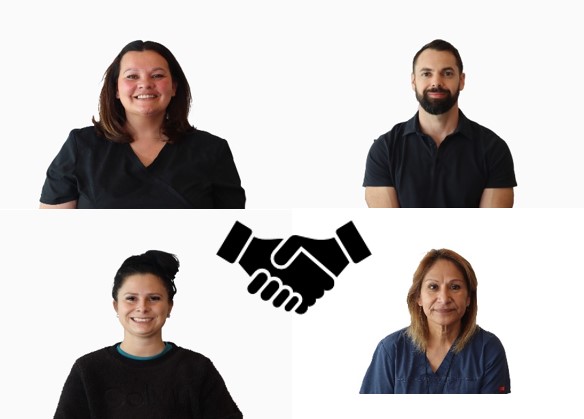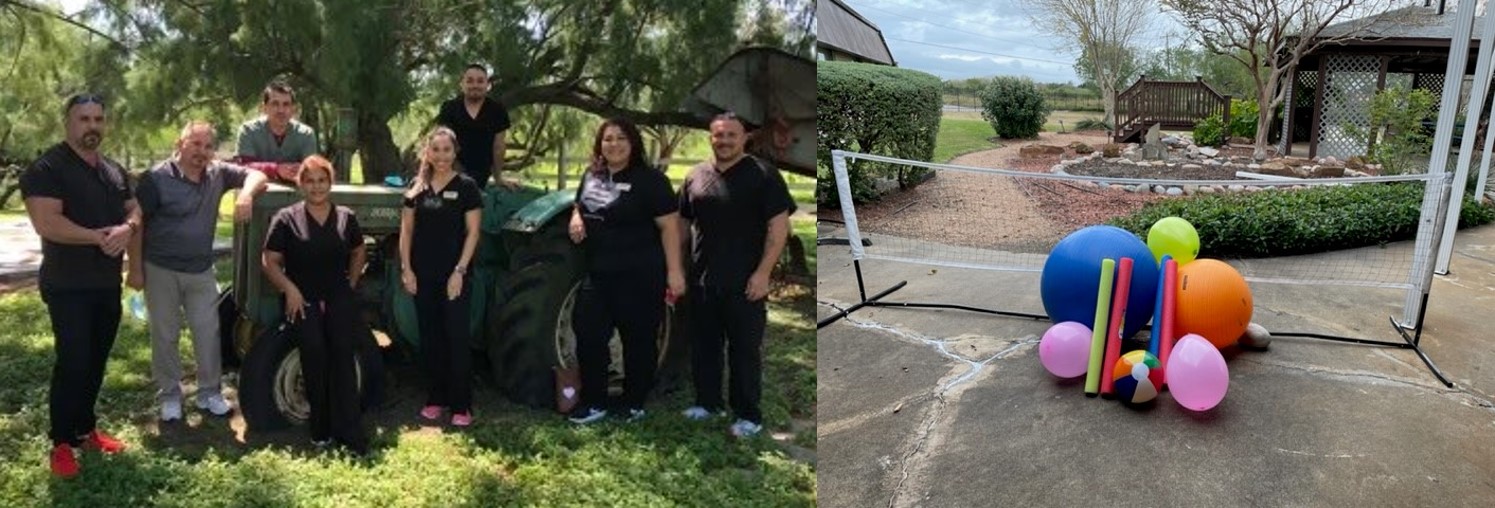By Dustin Rex, PT, DPT, MS, CEEAA, DOR, Cedar Pointe Health and Wellness Center, Cedar Park, TX
Our wound care systems at Cedar Pointe, led by Tiffany Delafosse, RN, DON; Nikki Alvarez, LVN/LPN, ADON; and Elise Mixson, LVN/LPN, are consistently managing our wound care systems successfully and effectively. When he started, Ricardo Cacho, one of our physical therapists, expressed a specific passion for learning about wound care. The combination of clinically talented and motivated team members facilitated our discussion of Nursing and Therapy collaboration within this system.
During the third week of October, we identified a resident with a persistent, complicated wound and began supplementing our standard wound care approach with Closed-Pulse Irrigation (CPI) treatments performed by Ricardo. Through clinical leadership from our Nursing partners, our wound care team, and Dr. Pat Marasco, developer of the CPI system, our resident experienced abrupt differences in wound size and discomfort. By the middle of December, seven-and-a-half weeks, our team had healed their first wound: complete closure from an initial size of over 7 cubic centimeters (7 cm3). We expanded our use of CPI with other residents and have had similarly significant results. The course of healing is always an ongoing, multifactorial process; but, to date, our team has facilitated healing of a combined area of 7.5 cm length x 6.6 cm width x 5.3 cm depth in stage IV wounds in our resident population. All of the success starts with our Nursing partners, who have used their expertise to support and streamline the addition of therapy as a part of the wound care system.
Presently, in addition to CPI, we are participating in a pilot trial with an ultrasound mist wound care program. We have found benefits with both approaches, which allows us to expand our ability to help our residents; expanding our skills means more opportunities to make a difference. It has been a great experience collaborating to maximize the talents of our interdisciplinary team to directly influence our residents’ quality of life.








